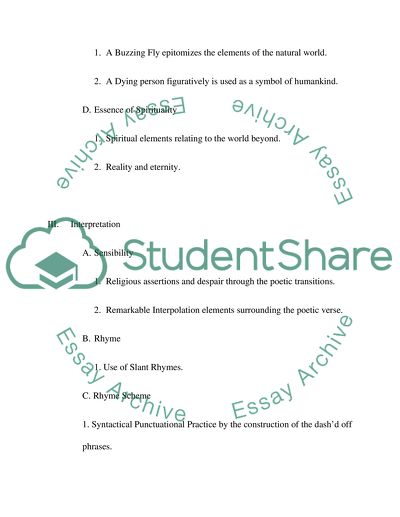Cite this document
(“Interpretation of a story Research Paper Example | Topics and Well Written Essays - 2750 words”, n.d.)
Retrieved from https://studentshare.org/literature/1400159-interpretation-of-a-story
Retrieved from https://studentshare.org/literature/1400159-interpretation-of-a-story
(Interpretation of a Story Research Paper Example | Topics and Well Written Essays - 2750 Words)
https://studentshare.org/literature/1400159-interpretation-of-a-story.
https://studentshare.org/literature/1400159-interpretation-of-a-story.
“Interpretation of a Story Research Paper Example | Topics and Well Written Essays - 2750 Words”, n.d. https://studentshare.org/literature/1400159-interpretation-of-a-story.


